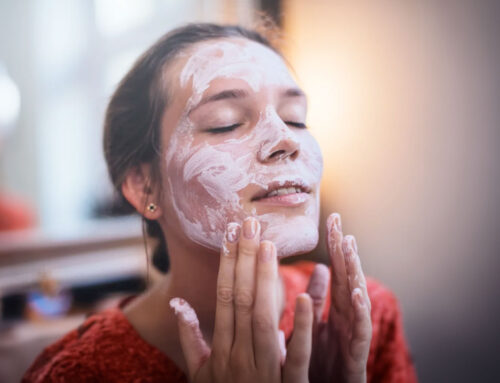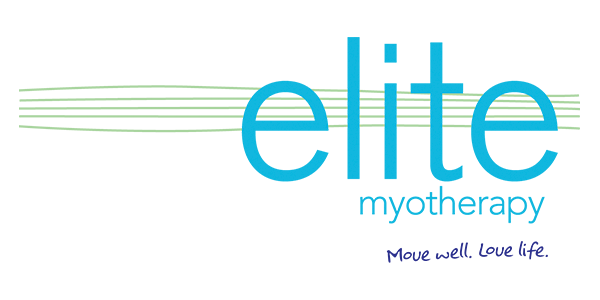Dry needling is a therapeutic technique in which fine needles are inserted into specific points in the muscles, known as trigger points, to alleviate pain, improve range of motion, and enhance muscle function.
Although the needles used in dry needling are the same as those used in acupuncture, the two practices differ in their underlying philosophies and intended outcomes.
While acupuncture is based on Traditional Chinese Medicine principles and seeks to balance the body’s energy flow, dry needling is firmly rooted in modern Western medicine and focuses on the treatment of musculoskeletal pain and dysfunction.
How Myotherapists Use Dry Needling
Assessment
Before beginning the dry needling procedure, a myotherapist will conduct a thorough assessment of the patient. This often involves identifying tight bands or nodules in the muscles that may be causing pain or discomfort. These nodules, or trigger points, can cause localized or referred pain and are the primary targets for dry needling.
Trigger Point Identification
Myotherapists have advanced training in the anatomy and physiology of the muscular system. With their palpation skills, they can identify and locate the exact trigger points responsible for pain or muscle dysfunction.
Needle Insertion
Once the trigger point is identified, the myotherapist will insert a sterile, single-use needle directly into it. The insertion may cause a local twitch response, which is a brief, involuntary contraction of the muscle fibers. This twitch response is often a sign that the correct point has been targeted and is an essential part of the therapeutic effect.
Needle Manipulation
Depending on the severity and location of the trigger point, the myotherapist might manipulate the needle by rotating or pistoning it to elicit further twitch responses. This action helps in breaking the pain cycle and releasing the muscle tension.
Post-Needling Care
After the procedure, the myotherapist may advise the patient on post-treatment care. This could include stretching, applying heat or cold, and ensuring adequate hydration to help flush out any toxins that might have been released during the treatment.
Benefits of Dry Needling by Myotherapists
Immediate Pain Relief
Many patients experience immediate pain relief after a dry needling session, although the extent can vary from person to person.
Reduced Muscle Tension
By targeting trigger points, dry needling can help relax overactive muscles and alleviate muscle tightness.
Enhanced Range of Motion
With reduced muscle tension and pain, many patients find they have an improved range of motion post-treatment.
Facilitation of Rehabilitation
Dry needling can be a valuable adjunct to other therapeutic interventions, such as manual therapy or exercise therapy, facilitating quicker recovery and return to normal function.
In conclusion, dry needling is a valuable tool in the hands of trained myotherapists, offering a targeted approach to treating trigger points and associated musculoskeletal issues. It’s essential, however, for patients to seek treatment from qualified professionals to ensure safe and effective care.







